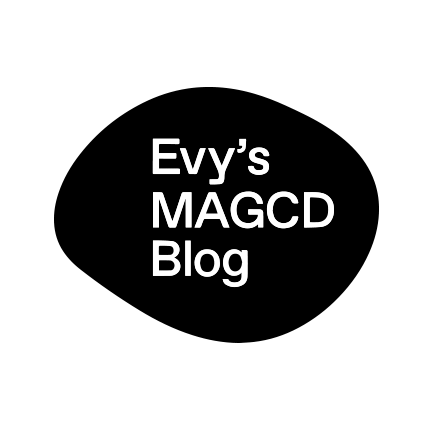In response to last week’s feedback and Gabriela’s workshop, I decided to take the project forward by creating a reader. Mainly borrowing from the visual language of the Russian Avant-garde, and using the 1925 picture book “Yesterday and Today” by Samuil Marshak and Vladimir Lebedev, as a starting point to prompt a dialogue around progress, technology and waste.
In Marshak’s story, a set of discarded objects face the reality of progress and reflect on their uselessness and people’s attitudes towards technology and inventions. For this reader, I wanted to explore creative writing and materiality as tools to narrate the story from different angles or perspectives.

01 Translating the argument
Applying creative writing to the story in order to look at it from different perspectives.
Subjectivity – The story narrated from the discarded objects’ experience, and based on the original Russian text style. The location, the objects and the context have been brought forward in time to illustrate a current argument. The lamp, pen and bucket have been replaced by an iPhone, an Amazon Echo and a Laptop.
An Official Letter – From a more knowledgeable and contextual point of view, this tone of voice helps to expand the original narrative’s context. This knowledgable counterpart is represented by a fictional organisation called “Progress and Waste”.
An Ignorant Spectator – Just an ordinary passerby who witnessed the facts narrated in the original story, and reflects on the attitude of our current culture towards e-waste and consumerism, being himself immersed in that culture.

02 Translating the visual vocabulary
In conjunction to the developing of the narrative and perspectives, I did more research on Russian Avant-Garde books as a way to explore the language further and look at potentials ways to evolve my illustrations.
The result is a set of line drawings that could easily be used and configured throughout the different narratives, making direct reference to the original picture book, but evolving the language in a way that it feels more flexible and contemporary.






03 Translating the format
As in my previous projects, I find the process of making quite crucial in the formation and exploration of my outcomes. I used some of the concepts and limitations from Gabriela’s workshop, in order to experiment with the different shapes that my content could take. I wanted it to be playful and distinctive, in a way that cannot be replaced by digital versions.



04 Outcomes
The result is a collection of very distinctive narratives that float around the main story. You can read the main story below, alongside the two perspectives. The physical reader brings together this pieces in a playful way that makes the viewer interact with each story differently, as each piece serves as pieces of a puzzle in building the concept.
I think I would like to add more perspectives in order to strengthen the argument and give the overall reader a better structure.











05 Feedback
The main points that came up in the tutorial where:
– The illustrations work well in conveying the sentiment of today and illustrate the narrative.
– The references and information behind the process make sense and add to the argument and value of the piece.
– The piece is interesting to read and it shows thought and care in the making.
– The purpose of each narrative wasn’t clear, in what way do they come together?
– The cover could shed more light on the context and location of the narrative (The recycling centre), in order to help the reader put the pieces together.
